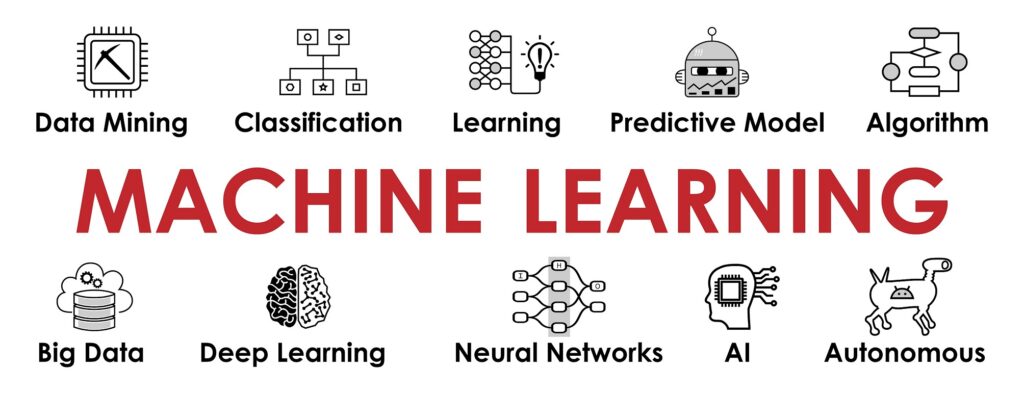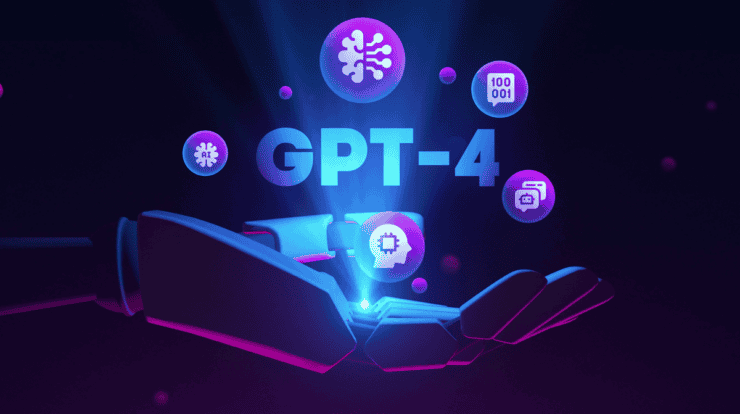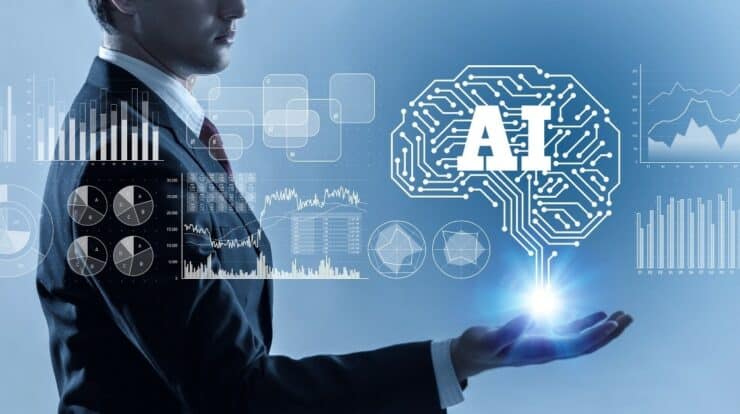
There has been a lot of excitement and conversation about what artificial intelligence and machine learning can do for human beings—from helping in the office, factory, and even your home. However, the machine learning industry is far much sophisticated than a bunch of robots imitating human intelligence. Machine learning has been advancing with time, and it has given birth to deep learning.
This article will introduce you to the concept of deep learning. It will then take you through a comprehensive guide of what you need to know about deep learning. If you’re looking to start a course on deep learning, this guide by cnvrg will come in handy. Keep reading to know more.
What Is Deep Learning AI
Deep learning is a subset of machine learning that imitates how human beings gain their knowledge. Although deep learning and machine learning strive to imitate how human beings gain their knowledge, their difference is in how they work.
How Does Deep Learning Work?
Take for example you’re trying to teach your child about a tree. The first step is to help your child identify what a tree is and what is not. Therefore, when the child points at anything that’s standing, you can correct them by examining if it’s a tree or not. The second step is to help the child identify the different parts of the tree. For example, the branch, leaves, and sometimes the roots if they’re visible.
What’s happening is that the child is gradually learning about a tree using building blocks. The first was to tell apart a tree from what isn’t a tree. From that knowledge, they built more information on the parts of a tree. The child has been progressively adding knowledge and getting more informed or rather intelligent about a tree. That’s how deep learning works.
Deep learning uses neural networks to imitate how human beings gain their knowledge. These neural networks are arranged in a hierarchical layer. Although one layer of neural networks would be enough to make predictions, more layers make the predictions more accurate.
A data set is loaded into the software, and the neural network layers process it to retrieve output known as predictions. So, if the first layer can identify the basic structure of a tree, that’s what a tree is and what it’s not, the second layer may begin to identify the parts of a tree, say a branch. The term deep was coined from the many layers that the data has to pass through.
Since deep learning gradually builds its intelligence, with time and using a large set of data, the machine can identify a tree independently. This eliminates the need for human intervention used in machine learning. For a machine learning software to make approximate predictions, the programmer has to be very clear when telling the machine what to look for to identify a tree. Therefore, the software’s accuracy is fully reliant on how well the programmer can describe a tree.
Artificial Neural Networks And How They Work
Artificial neural networks (ANN) get their name from the biological neurons found in human beings. Neurons in the human body are messengers that facilitate communication between different parts of the brain as well as the brain and the rest of the nervous system. They carry the messages in the form of chemical signals or electrical impulses. Just like neurons in the human body are used for communication, artificial neural networks in deep learning are used to process data and output predictive analysis.
Artificial neural networks are made up of node layers. Each node layer has three layers. Those layers are:
- Input layer
- Hidden layer
- Output layer
Artificial neural networks work through two methods to reduce error and produce accurate predictive analysis. The two methods are:
- Forward propagation
- Backpropagation
Forward Propagation
Each of the layers listed above performs a distinct function. The input layer is what receives the data first. Its role is to take in the data and pass it to the next layer, the hidden layer. The hidden layer does the extraction of features. Say, for example, the deep learning software is learning to identify a cow; it’s at this point that it’ll learn that a cow has four legs. At this level of processing, deep learning may identify everything that has four legs as a cow. This is why the data is sent into the output layer.
In the output layer, the neurons further build on the information, such as correcting that not everything on all fours is a cow. This is where the data is classified, and more accurate predictions are made. This process of hierarchical building of information is known as forward propagation.
Note that the node layers of the three named layers above connect to another node layer to form a network. Each of the node layers has a maximum weight they can support. If the output after the data processed by the node layer exceeds the maximum weight limit, the node is activated. Once the node is activated, it sends data to the next node layer for further processing.
Forward propagation is repeated from one node layer to another. This, therefore, means that deep learning produces very accurate results due to the vigorous process by which the data is processed.
Backpropagation
Backpropagation is how the neuron layers calculate the error to achieve accurate predictive analysis. It does this by subtracting the original output from the predicted output to get the difference. The difference is then adjusted by moving backwards through the layers to fine-tune the weights and bias of the function. This method helps to reduce the error, and the results are usually as accurate as possible.
Deep Learning Methods
Several methods are used to train deep learning models. They include:
- Learning Rate Decay
- Dropout
- Training From Scratch
- Transfer Learning
This section will look into each of the methods in detail.
- Learning Rate Decay
The learning rate decay method is the process of altering the learning rate to increase the performance of the software and reduce the training time. This method is also known as the adaptive learning rate or the learning rate annealing.
Learning rate refers to a set of conditions that are put in place before the model’s learning process begins. This set of conditions controls how much change the model will undergo due to the estimated error.
When the learning rate is too high, the training process may be unstable, and when the learning rate is too low, the training process may take too long. The lengthier the training process is, the more likely it will be stuck.
- Dropout
The dropout method is used when the model has many parameters that can’t fit. The method drops units connected to the model’s neural network to allow smoother training.
It’s a common method used to enhance the performance of neural networks for tasks such as document classification, computational biology, and speech recognition. However, note that you have to supervise the learning process if you choose to use this method for the named tasks.
- Training From Scratch
In this training method, the software requires a large set of data from which it creates a network architecture that can learn models and features.
This method is best suited for developing new applications. It’s, however, not a common model training method because it requires a large data set. Developers, therefore, tend to shy away from it.
- Transfer Learning
This learning method works by improving or rather perfecting previously trained models. Using this method, you’ll have to feed the software with existing network data which has already been classified. The software works by adjusting the data networks to use the data to perform new tasks.
This method is a favorite for most programmers because it requires fewer data and the data is usually classified. This, therefore, means that the training period is usually significantly reduced.
Applications of Deep Learning
To get a more familiar sense of how deep learning works, here’re some technology applications across different sectors.
- Virtual Assistants
How many times in the past week have you used Siri, Alexa, or even Cortana. A couple, right? When using this virtual assistant, you’re using deep learning technology. Deep learning is trained so that it can learn and understand human speech and language. That’s why you can request Siri to play you a random song, and it will do just that.
- Customer Experience
Deep learning is used to develop chatbots that greet you every time you log into a company’s website. These bots are also trained to help you solve most of your service needs to improve your customer experience (CX).
- Aerospace And Military
The aerospace industry uses deep learning to detect foreign objects and satellites in space. The software is trained to identify objects that don’t naturally belong to space as well as satellites.
On the other hand, the military is using deep learning technology to detect unsafe zones for their troops.
- Text Generating AI
Have you heard of artificial text generators? Today, there are various software that have been trained to come up with texts such as articles that mimic how human beings write. This software is being trained on the grammar and writing style, and then it’s being used to come up with original content.
Maybe you’ve already interacted with a text-generated article on the internet. The world is truly being automated.
These are just a few applications of deep learning that you may relate to. The technology has so many other uses, and as it continues to advance, deep learning is bound to be used more.
To Sum It Up
Deep learning is a broad topic with different applications. What has been discussed in this article is just the theory part. You also have to practice. However, the above information is important if you’re looking for something to guide you through the concept of deep learning.



